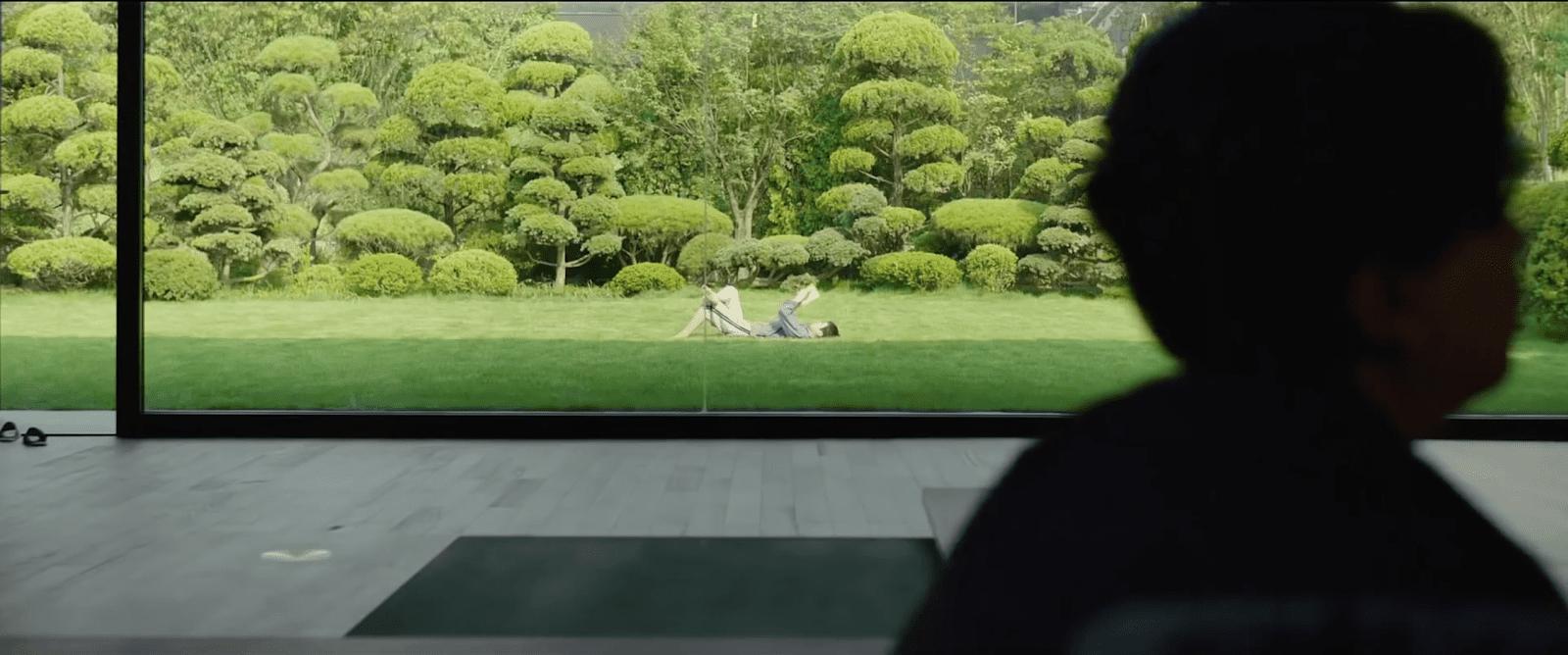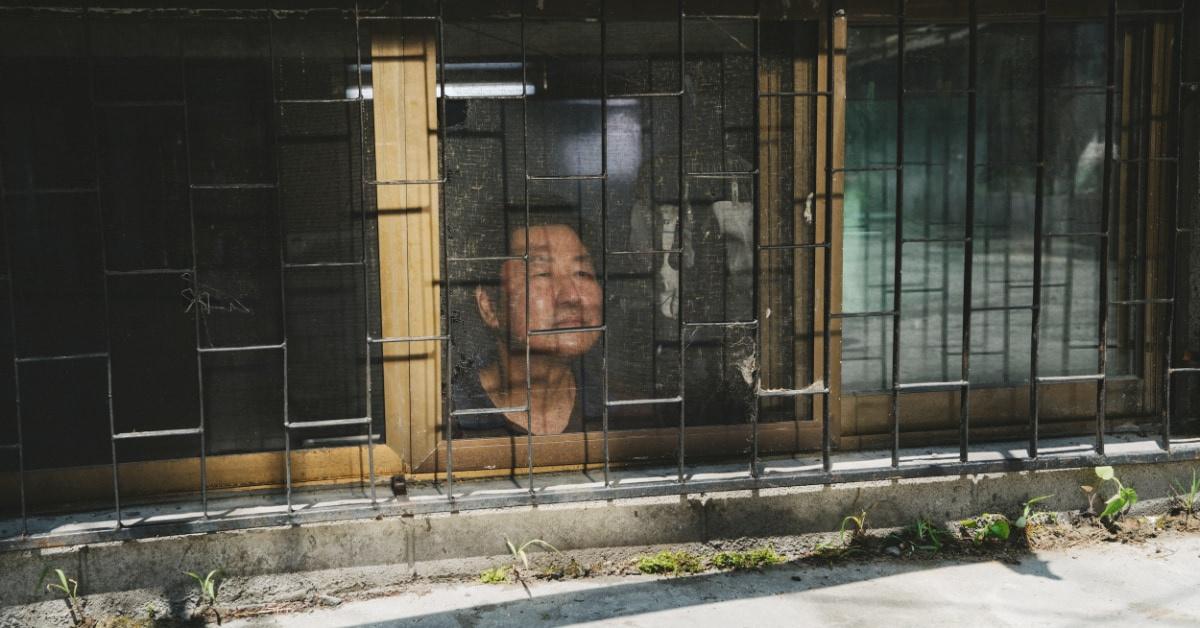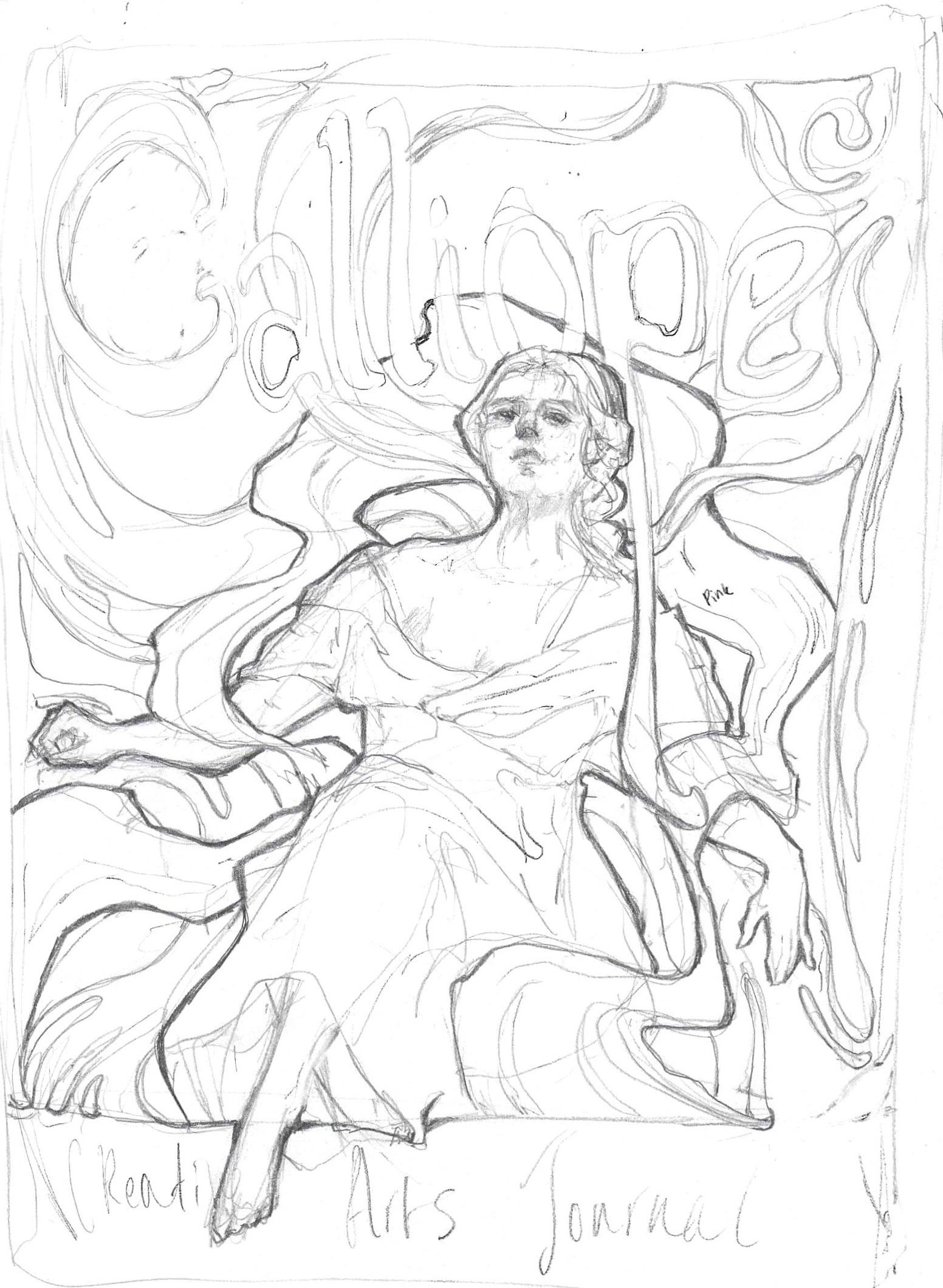
5 minute read
Through the Windows of 'Parasite' - Nikola Pandurovic 12CHO
THROUGH THE WINDOWS OF 'PARASITE'
February 9th, 2020; The Dolby Theatre, Los Angeles California. The Oscars.
Advertisement
An award ceremony that is not so much a commemoration of incredible art as it is a celebration of Hollywood prestige. Millions of people tune in every year to gaze at their favourite stars and starlets gliding across the red carpet, almost like characters from their own films. Even the show’s presentation itself tends to be more interested in the gallant tuxedos and graceful dresses rather than the awarded films themselves. Nonetheless, this façade of ‘movie magic’ has recently been waning. Viewership plummets every year, and the nominations themselves are becoming more and more repetitive. In 2020, we saw two retirement projects from veteran directors in The Irishman and Once Upon a Time in Hollywood, and a studio comic-book movie in Joker. As impressive as these pictures may have been, many of them could be described as clever rebrands of familiar storylines, genres, and tropes. The Oscars were becoming stale, and audiences were craving something unalike the traditional cookie-cut movie that Hollywood had been mass-producing for years. That is why there could not have been a better surprise than the moment when Jane Fonda, a symbol of old Hollywood, announced the Best Picture. The first film not in the English language to win the award, Parasite was triumphant. How unexpected. While many of the audience members at home sat in shock, those who paid attention to the ceremony would have noticed the roaring applause from the Academy members. Tom Hanks cheered on ecstatically. Joaquin Phoenix scanned the crowd almost paternally, scolding all his peers who did not clap with him. It was a wonderful, refreshing evening for both the Oscars and the team behind Parasite, who took home four golden statues. Yet, the real victor was none other than the film’s writer and director, the charming and bubbly Bong Joon Ho. Director Bong is not unknown in the world of cinema: his work often found its way onto Quentin Tarantino’s notorious lists. However, Bong truly broke into global stardom that night, and deservedly so, he earned it. From Memories of Murder (2003) to Snowpiercer (2013), Bong’s movies are the embodiment of the word ‘unexpected. ’ His filmography consists of thrilling journeys that can only be described as balancing acts of comedy, tragedy, and horror. Parasite (2019), Bong’s latest project, is perhaps his ultimate work. A suspenseful tale threaded with black comedy and social satire; it is undoubtedly a masterpiece.
Parasite tells the story of class warfare. We follow the Kim family, who jump from job to job struggling to make ends meet, as they infiltrate the Park’s, a family blinded by their wealth. Slowly, they conquer the house by eliminating already employed workers, and conveniently posing as highly qualified alternatives. Eventually, the Kim’s went from making Pizza boxes to working as tutors,
Nikola Pandurovic 12CHO
housemaids, and drivers in the Park household. Through this plot, Bong reconsiders the question opened by the film’s title: who are the parasites? The Kim family is the first to come to mind. Their trickery and manipulation have allowed them to improve their standard of living, all the while completely undetected by the naïve Park’s. On the other hand, the Park family itself puts forward a strong case for being the ultimate leeches.
They cannot cook, drive, or clean for themselves; their lavish lifestyle is exclusively dependant on those who serve them. Thus, they in a sense are also parasites. Regardless of how you read this relationship, Bong is persistent in drawing the differences between the classes of both families, utilising various filmmaking techniques and visual motifs to do so. This is first apparent in the production design of the film. The two houses are not just important to the film’s narrative but are integral to the central themes. With its open spaces and boxy design, the Park house embodies the pinnacle of modernist architecture, suggesting total freedom and comfort. Contrary to this, the Kim home cannot even be described as a house in the first place. A semi-basement with claustrophobic spacing; a dull and depressing colours palette; as well as a cluttered mess of props: their home reflects their impoverished and trapped state in society. Adding to these conflicting atmospheres, Bong uses lighting to emphasise the class disparity. Both houses contain windows, however, they are both completely different in function and quality. The Park’s are washed with natural sunlight through their wide windowpanes, which provide a luscious view of their garden. This juxtaposes the windows of the Kim’s, which are barred and constricting, almost prison-like. Minimal light enters their apartment, and their eye levels access the repulsive views of concrete floors, densely populated neighbourhoods, and even on occasion drunk men urinating on the streets. Vertical visual architecture is also a prominent weapon in Bong’s arsenal. The clear opposition between the levels of the two homes adds to the theme of the class divide: the Kim’s live underground, whilst the Park’s on
highland, close to the sun. This inherent conflict was captured effectively by the film’s cinematographer, Hong KyungPyo, in particular through the use of stairs as a visual metaphor. In an interview, Hong commented that ‘walking up some stairs, you become infinitely elegant, while walking down another, you fall endlessly or enter into an ominous mood. ’ This usage of levels extends into one of the film’s many climaxes, the thunderstorm scene. The pouring of the rain is merely an inconvenience to the Park’s, as the high level of their home protects them. More so, they consider the downpour to be an exciting twist in their camping trip, and a sign of good weather the following day. Opposite to this, the Kim’s experience of the rain is detrimental. Their whole community is flooded, and the entire apartment is destroyed, drowning in the water. This scene was a clear indication from director Bong that their differences in class and wealth are not just aesthetic, but distinctions that determine life or death.
Bong Joon Ho’s Parasite is one of the most impeccable films ever made. Each shot is constructed with great craft, and no shot is out of place. Even though the film is so meticulously engineered, its direction so focused, it never feels too calculated or cold. Parasite truly captures the curiosity of the audience, raising questions that are not just


relevant in the current socio-political climate, but one that will always be relevant. Though many can claim that Parasite’s success was helped by identity politics and liberal social movements, those individuals come from positions of ignorance and utter stupidity. Parasite deserved every applause it ever heard. We can hope that its triumphs lead the way for award ceremonies, like the Oscars, to open their doors to the wonderful potential of international cinema.
28










